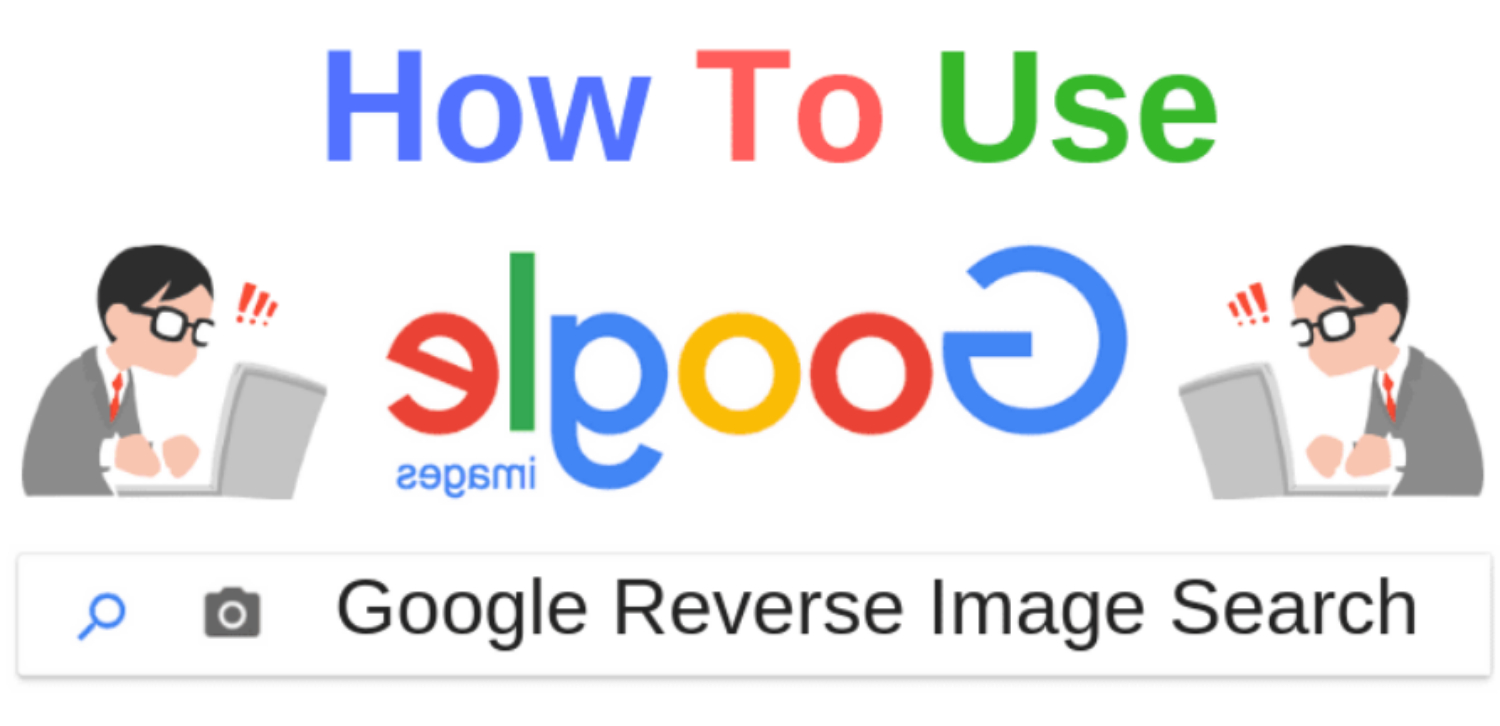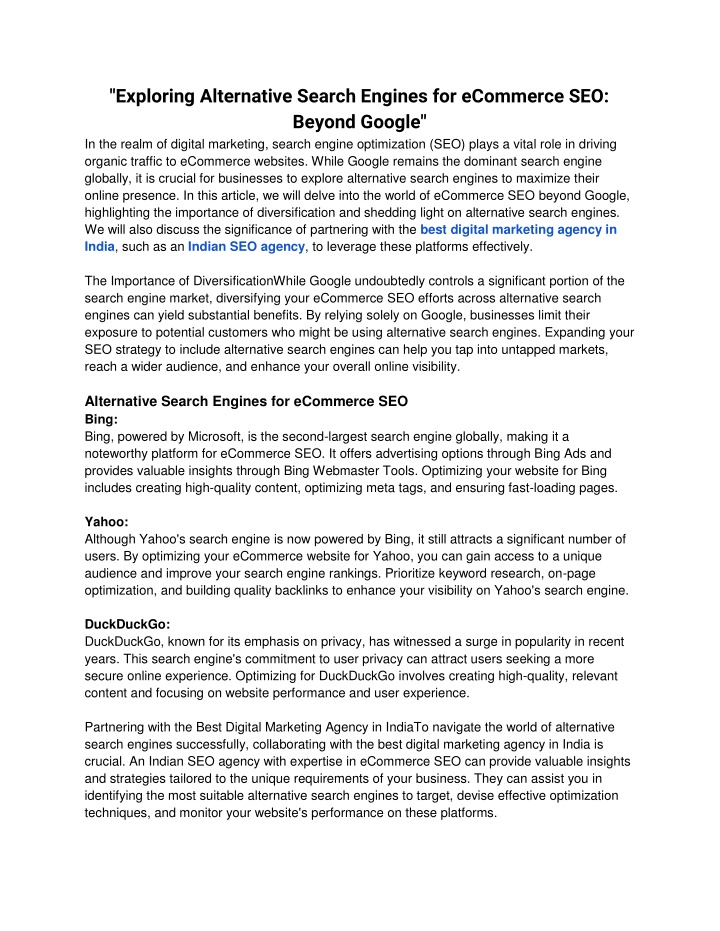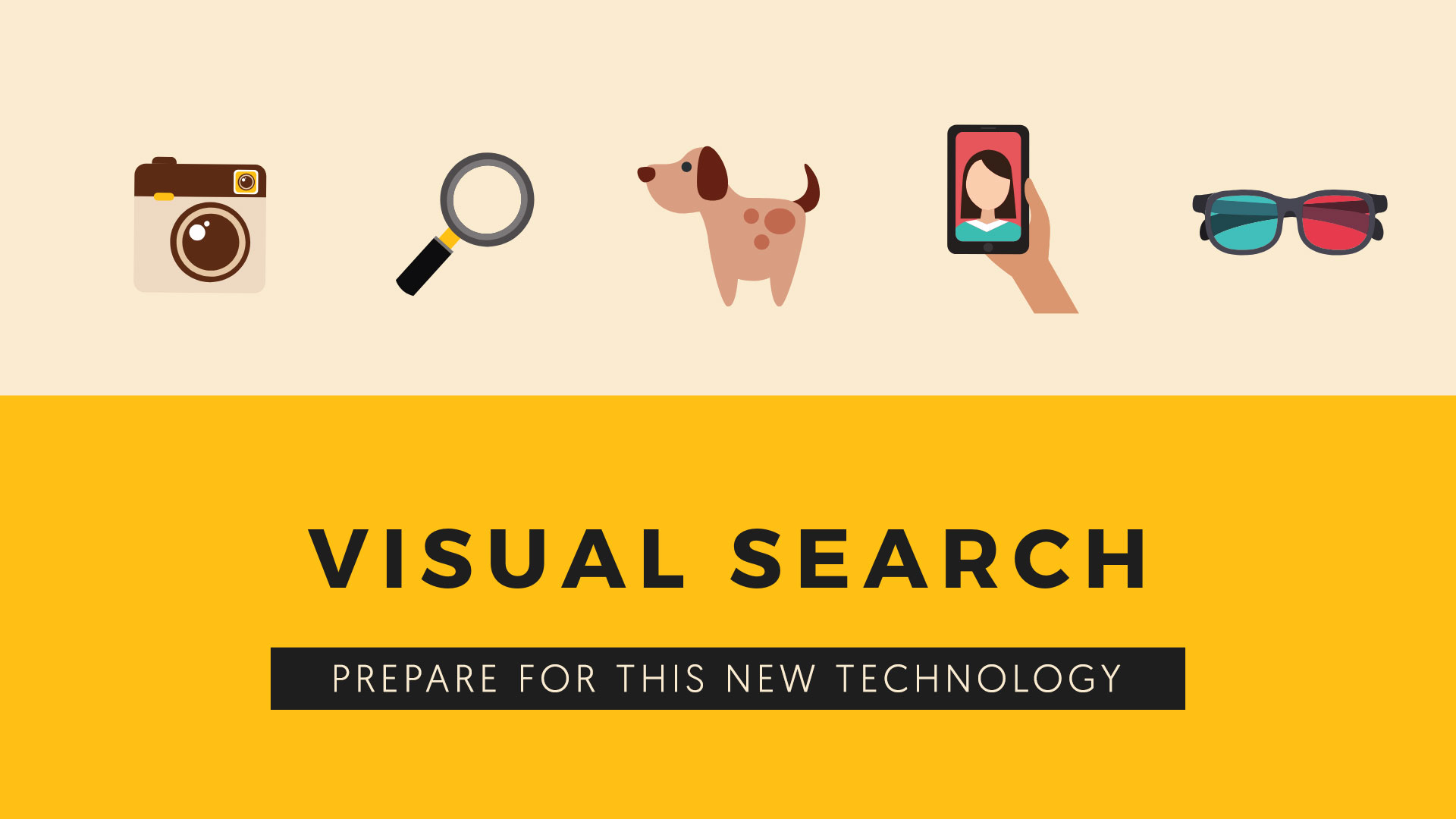What is Visual Search and How Does it Work?
Visual search is a technology that enables users to search for information using images instead of text. This innovative approach to search uses artificial intelligence (AI) to identify and match images, providing a more accurate and efficient way to find what you’re looking for. By leveraging AI-powered image recognition, visual search can analyze images and provide relevant results, including products, information, and answers to questions.
One of the primary benefits of visual search is its ability to provide more accurate results than traditional text-based search. When you search for something using text, you may encounter irrelevant results or struggle to find what you’re looking for due to misspellings or incorrect keywords. Visual search eliminates these issues by allowing you to search using images, which can be more precise and accurate.
For example, if you’re shopping for a specific product, you can use visual search to find it by uploading an image or taking a photo of the product. This approach can save time and effort, as you don’t need to type in keywords or browse through numerous search results. Additionally, visual search can help you discover new products or information that you may not have found using traditional text-based search.
As visual search technology continues to evolve, we can expect to see even more innovative applications of this technology. For instance, you can use visual search to identify objects, animals, or plants, or to find similar images or products. The possibilities are endless, and the potential for visual search to revolutionize the way we search for information is vast.
In the next section, we’ll explore how to use Google’s reverse image search feature, which is a powerful tool for visual search. We’ll also discuss alternative visual search engines and provide tips on how to optimize your images for visual search.
How to Use Google’s Reverse Image Search Feature
Google’s reverse image search feature is a powerful tool that allows you to search for images using an image instead of text. This feature is particularly useful when you want to find more information about an image, such as its origin, similar images, or products related to the image.
To use Google’s reverse image search feature, follow these steps:
1. Go to Google Images (images.google.com) and click on the camera icon in the search bar.
2. Upload an image from your computer or paste the URL of an image you want to search for.
3. Alternatively, you can also drag and drop an image into the search bar.
4. Google will then analyze the image and provide you with relevant search results, including similar images, products, and websites related to the image.
For example, if you want to find more information about a product, you can upload an image of the product or paste the URL of the image into the search bar. Google will then provide you with search results that include the product’s name, price, and where to buy it.
Another way to use Google’s reverse image search feature is to paste an image to search for similar images. This can be useful when you’re looking for inspiration for a design project or want to find similar products.
By using Google’s reverse image search feature, you can unlock the full potential of visual search and find what you’re looking for more quickly and easily.
In the next section, we’ll explore alternative visual search engines and their unique features.
Alternative Visual Search Engines: Options Beyond Google
While Google’s reverse image search feature is a powerful tool, there are other visual search engines that offer unique features and capabilities. In this section, we’ll explore some alternative visual search engines and their benefits.
Bing Visual Search is a popular alternative to Google’s reverse image search feature. It allows users to search for images using a variety of methods, including uploading an image, pasting an image URL, or dragging and dropping an image into the search bar. Bing Visual Search also offers a feature called “Visual Search” that allows users to search for images using a visual query, such as a photo of a product or a scene.
TinEye is another visual search engine that offers a unique set of features. It allows users to search for images using a variety of methods, including uploading an image, pasting an image URL, or dragging and dropping an image into the search bar. TinEye also offers a feature called “Multicolor Engine” that allows users to search for images using a color palette.
Google Lens and Pinterest Lens are two popular mobile apps that offer visual search capabilities. Google Lens allows users to search for images using a camera or by uploading an image, while Pinterest Lens allows users to search for images using a camera or by uploading an image. Both apps offer a range of features, including object detection, text recognition, and image matching.
When it comes to visual search, there are many options beyond Google. By exploring alternative visual search engines and mobile apps, users can find the tools that best meet their needs and preferences.
In the next section, we’ll explore how to use mobile apps to search for images on-the-go.
How to Paste an Image to Search on Your Mobile Device
With the rise of mobile devices, visual search has become more accessible than ever. Mobile apps such as Google Lens and CamFind allow users to search for images on-the-go, making it easier to find what you’re looking for. In this section, we’ll explore how to use these apps to paste an image to search on your mobile device.
To get started, download and install Google Lens or CamFind on your mobile device. Once installed, open the app and tap on the camera icon to take a new photo or select an existing image from your gallery.
Next, crop the image to focus on the object or scene you want to search for. This will help the app to better understand what you’re looking for and provide more accurate results.
Once you’ve cropped the image, tap on the “Search” button to paste the image into the search bar. The app will then analyze the image and provide you with relevant search results, including products, information, and websites related to the image.
For example, if you’re shopping for a new pair of shoes, you can take a photo of the shoes and use Google Lens or CamFind to search for similar products. The app will then provide you with a list of similar shoes, including prices and where to buy them.
Alternatively, you can also use the “Scan” feature in Google Lens to search for images. This feature allows you to scan a barcode or QR code to search for information related to the product.
By using mobile apps such as Google Lens and CamFind, you can easily paste an image to search on your mobile device and find what you’re looking for more quickly and easily.
In the next section, we’ll explore the future of visual search and emerging trends and technologies that will improve the accuracy and efficiency of visual search.
The Future of Visual Search: Emerging Trends and Technologies
As visual search technology continues to evolve, we can expect to see significant advancements in the accuracy and efficiency of visual search. In this section, we’ll explore some of the emerging trends and technologies that will shape the future of visual search.
One of the most exciting developments in visual search is the integration of augmented reality (AR) technology. AR allows users to overlay digital information onto the real world, creating a more immersive and interactive experience. With AR-powered visual search, users can point their camera at an object or scene and receive instant information about it, including its name, description, and relevant links.
Machine learning is another key technology that will drive the future of visual search. By using machine learning algorithms to analyze images, visual search engines can improve their accuracy and efficiency, providing users with more relevant and accurate results. Additionally, machine learning can enable visual search engines to learn from user behavior and adapt to their preferences over time.
Another emerging trend in visual search is the use of 3D models and simulations. With the increasing availability of 3D modeling software and hardware, users can create and share 3D models of objects and scenes, enabling more accurate and detailed visual search results.
Finally, the rise of mobile devices and social media platforms has created new opportunities for visual search. With the ability to share images and videos instantly, users can now search for and discover new content more easily than ever before.
As these emerging trends and technologies continue to evolve, we can expect to see significant improvements in the accuracy and efficiency of visual search. By staying ahead of the curve and embracing these innovations, users can unlock the full potential of visual search and discover new ways to find what they’re looking for.
In the next section, we’ll explore some common use cases for visual search, including shopping, education, and travel.
Common Use Cases for Visual Search: From Shopping to Education
Visual search has a wide range of applications across various industries and use cases. In this section, we’ll explore some common use cases for visual search, including shopping, education, and travel.
Shopping is one of the most popular use cases for visual search. With the ability to search for products using images, users can quickly find what they’re looking for and make purchases online. For example, a user can take a photo of a product they like and use visual search to find similar products or where to buy it.
Education is another area where visual search can be highly effective. Students can use visual search to learn about different subjects, such as history, science, and art. For example, a student can take a photo of a historical landmark and use visual search to learn more about its history and significance.
Travel is another use case for visual search. Users can take photos of landmarks, monuments, or scenery and use visual search to learn more about the location and plan their trip. For example, a user can take a photo of a famous landmark and use visual search to find information about its history, location, and nearby attractions.
Visual search can also be used in other industries, such as healthcare, finance, and real estate. For example, a doctor can use visual search to identify medical conditions or diagnose diseases, while a real estate agent can use visual search to find properties that match a client’s criteria.
By using visual search, users can quickly and easily find what they’re looking for, making it a powerful tool for a wide range of applications.
In the next section, we’ll discuss best practices for optimizing your images for visual search, including using descriptive file names, alt tags, and captions.
Best Practices for Optimizing Your Images for Visual Search
Optimizing your images for visual search can help improve their visibility in search results and make it easier for users to find what they’re looking for. Here are some best practices to follow:
1. Use descriptive file names: When saving your images, use descriptive file names that include relevant keywords. This will help search engines understand the content of your images and improve their visibility in search results.
2. Use alt tags: Alt tags are text descriptions of your images that can be read by search engines. Use alt tags to provide a brief description of your images and include relevant keywords.
3. Use captions: Captions are text descriptions of your images that can be read by users. Use captions to provide a brief description of your images and include relevant keywords.
4. Use high-quality images: High-quality images are more likely to be indexed by search engines and appear in search results. Use high-quality images that are clear and well-lit.
5. Use relevant keywords: Use relevant keywords in your image file names, alt tags, and captions to help search engines understand the content of your images.
By following these best practices, you can improve the visibility of your images in search results and make it easier for users to find what they’re looking for.
In the next section, we’ll summarize the benefits and uses of visual search and encourage readers to try out the techniques and tools discussed in the article.
Conclusion: Unlocking the Full Potential of Visual Search
Visual search is a powerful tool that can help users find what they’re looking for more quickly and easily. By using artificial intelligence to identify and match images, visual search can provide more accurate results than traditional text-based search.
In this article, we’ve discussed the benefits and uses of visual search, including its ability to provide more accurate results, its use in shopping and education, and its potential for future growth. We’ve also provided tips on how to use Google’s reverse image search feature, alternative visual search engines, and mobile apps to search for images on-the-go.
Additionally, we’ve discussed emerging trends and technologies in visual search, including augmented reality and machine learning, and how these advancements will improve the accuracy and efficiency of visual search.
By following the best practices outlined in this article, users can optimize their images for visual search and improve their visibility in search results. Whether you’re a student, a shopper, or a traveler, visual search can help you find what you’re looking for more quickly and easily.
So why not give visual search a try? With its ability to provide more accurate results and its potential for future growth, visual search is an exciting technology that can help users unlock the full potential of search.






.jpg)

